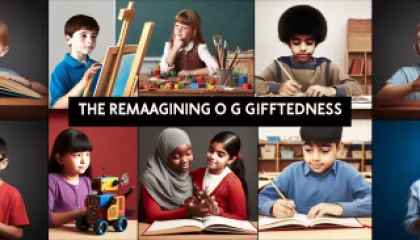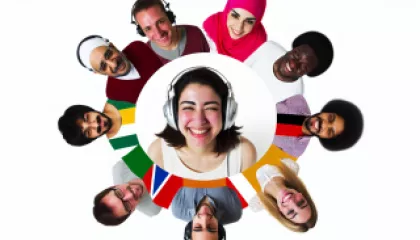The Ultimate Guide to Developing Empathy
for 1 år siden
Empati
How Music Can Improve Mental Wellness: A Step-by-Step Guide
for 1 år siden
Musikkens Psykologi
The Ultimate Guide to Personal Values Clarification
for 1 år siden
Klarlægning af Personlige Værdier
Expressing Yourself Through Fashion: A Step-by-Step Guide
for 1 år siden
Modepsykologi
Unleashing Creativity: An Interview with a Therapist
for 1 år siden
Fremme af Kreativitet
Exploring Sexual Orientation Through Popular Books and Movies
for 1 år siden
Seksuel Orientering
Effective Strategies for Online Learning Disabilities Assistance
for 1 år siden
Læringsvanskeligheder
My Journey Understanding the Psychology of Fashion
for 1 år siden
Modepsykologi
How Does Parental Influence Shape Personality?
for 1 år siden
Forældres Indflydelse på Personlighed
Rethinking Giftedness: Beyond IQ Scores and Stereotypes
for 1 år siden
Begavelse
The Science of Breaking Bad Habits: Strategies That Work
for 1 år siden
Bryde Dårlige Vaner
At Afsløre Videnskaben Bag At Bryde Dårlige Vaner
for 1 år siden
Bryde Dårlige Vaner
Afkode dine drømme: En trin-for-trin guide til at forstå deres betydning
for 1 år siden
Drømmetydning
10 Psykologiske Effekter af Musik på Menneskehjernen
for 1 år siden
Musikkens Psykologi














